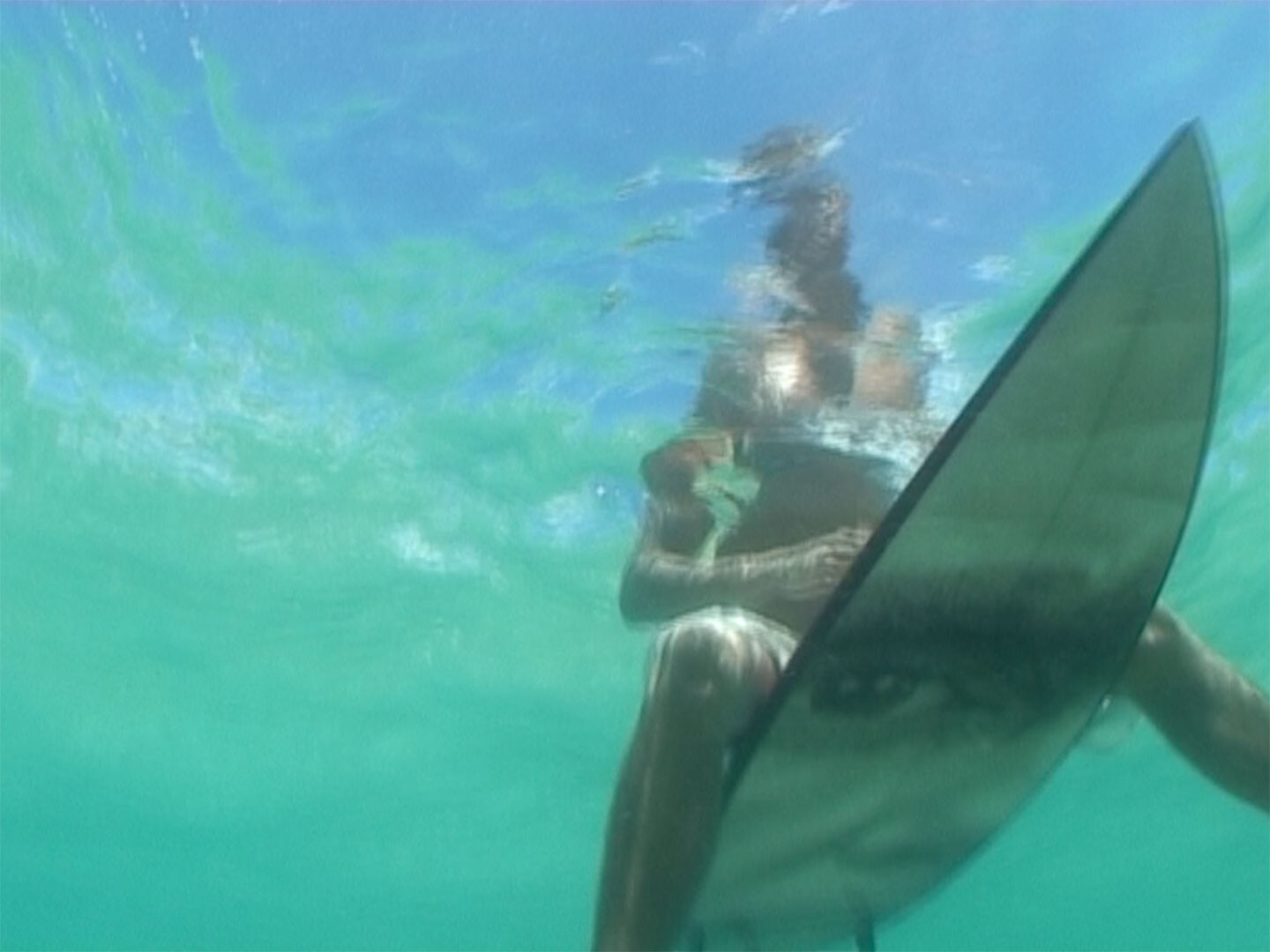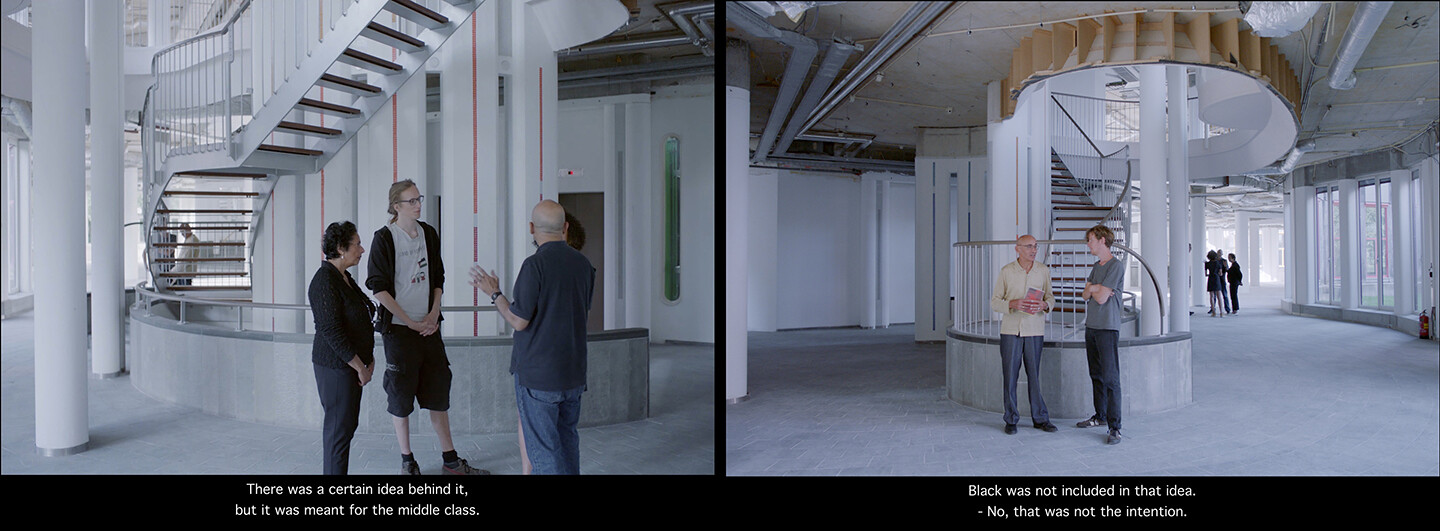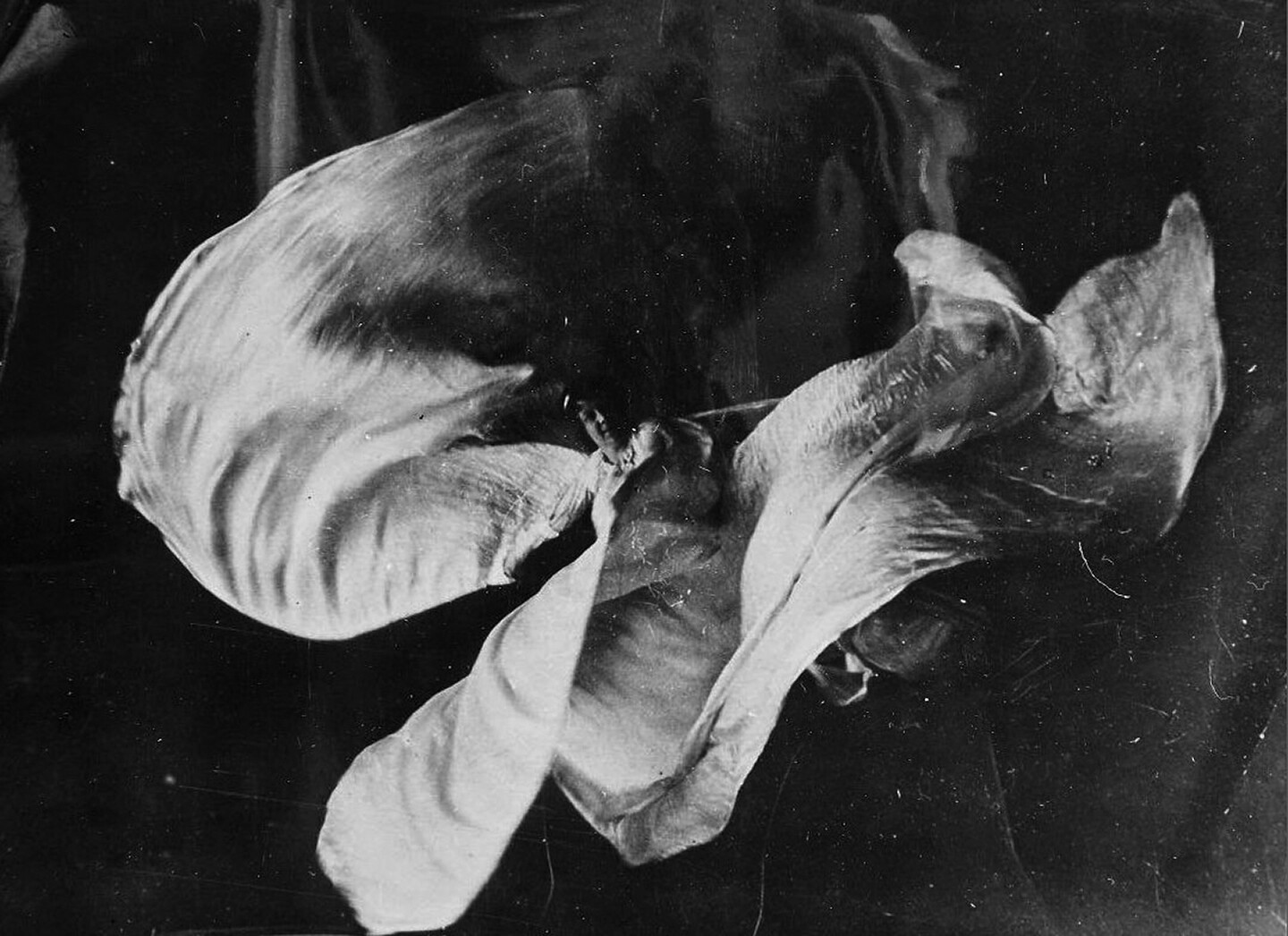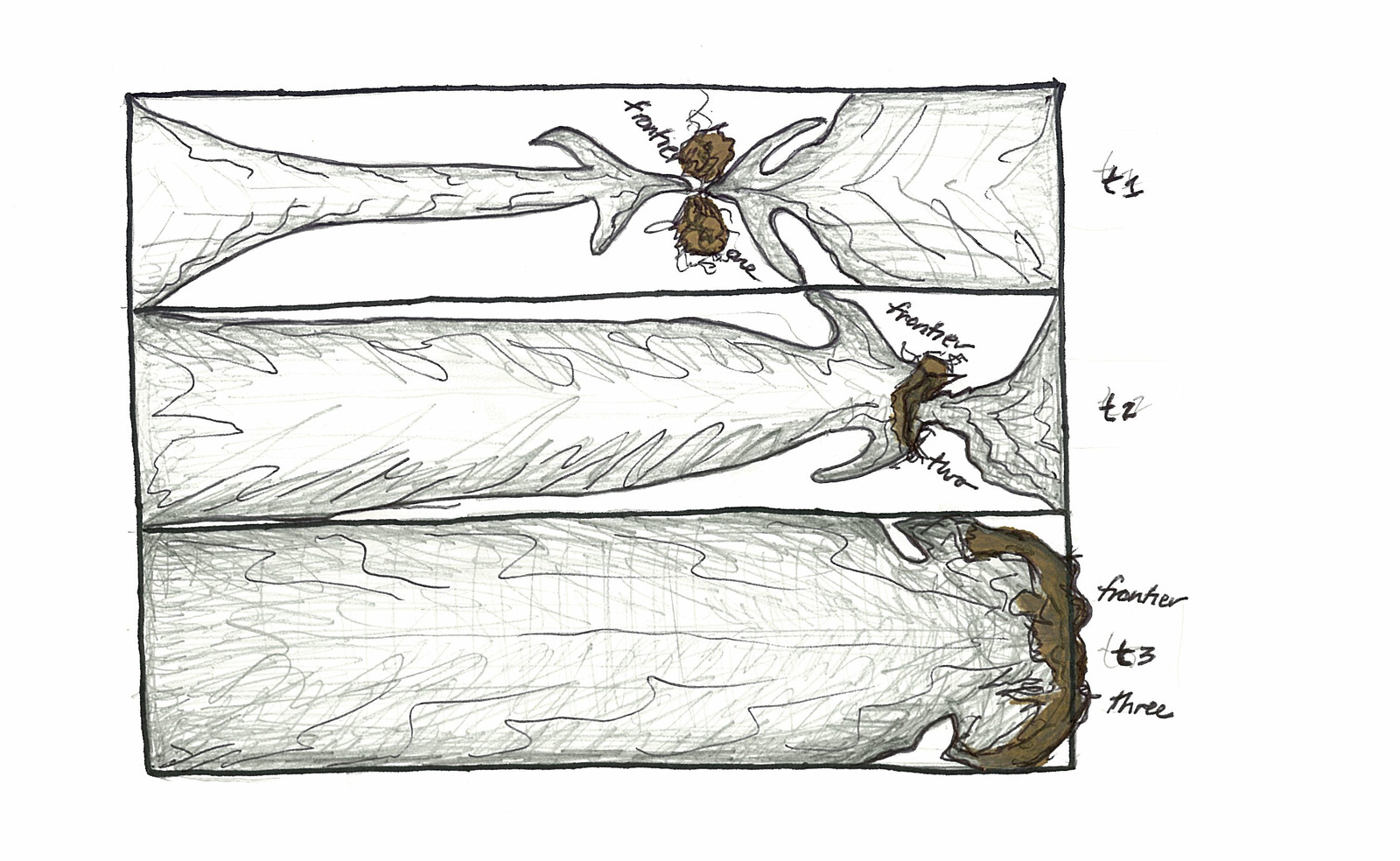Aboriginal Art has become a product of the times. A commodity. The result of a concerted and sustained marketing strategy, albeit, one that has been loose and uncoordinated. There is no Aboriginal Art Industry. There is, however, an industry that caters for Aboriginal Art. The key players in that industry are not Aboriginal. They are mostly white people whose areas of expertise are in the fields of Anthropology and “Western Art.” It will be shown here how key issues interrelate to produce the phenomenon called Aboriginal Art, and how those issues conspire to condemn it to non-Aboriginal control. Like some voracious ancient God, Western Art devours all offerings at will. Sometimes the digestion will be slow and painful.








WEB.jpg,1600)